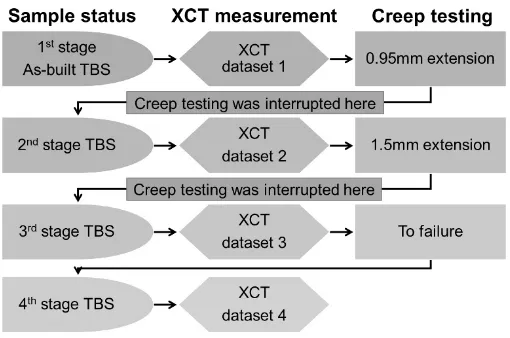Staged thermomechanical testing of nickel superalloys produced by selective laser melting
Full text
Figure




Related documents
accessibility and effectiveness of an e-intervention program, SPARX. SPARX was developed in New Zealand in collaboration with Māori communities, with the goal of supporting Māori
we, the parishes of the Diocese of ottawa, commit ourselves to strengthening our congregations, focusing our ministry outward, educating our leaders, and connecting with the
In this thesis, I analyze the out-of-sample trading performance of a yield curve arbitrage strategy on EUR swap curve where the modelling is based on a novel hybrid neural
While in the <=-5 o C temperature category the CSI HMP45CF/WS/NA A sensor had the highest operational comparability score and consequently was shown to compare the worst with the
Due to the fact that children are not fully responsible moral agents who can think maturely, in terms of the consequences of their acts, it is harmful to the
Yolanda (2018) stated that contextual learning is learning that can build meaningfulness (constructivism), discovery-based learning, joint learning (learning
All this provides a convenient toolkit for planning and adapting efficient and highly flexible trials: inclusion of multiple experimental treatment arms increases the chances of
The cloud computing architecture model consists of three layers, respectively, they are infrastructure, platform, service layer, application service layer, As shown in Figure 2.





